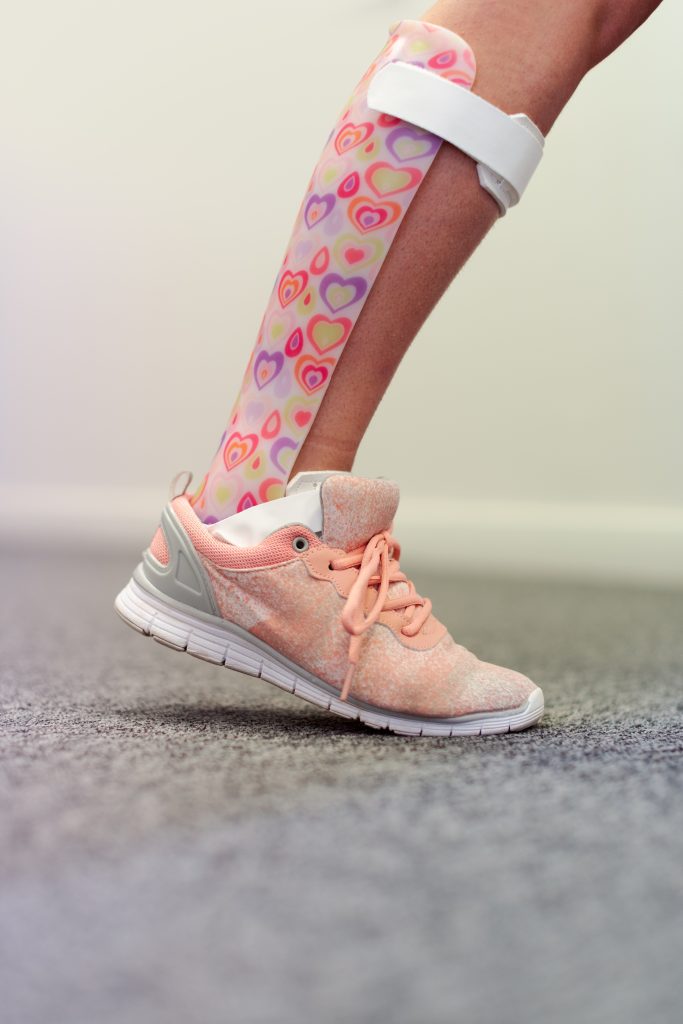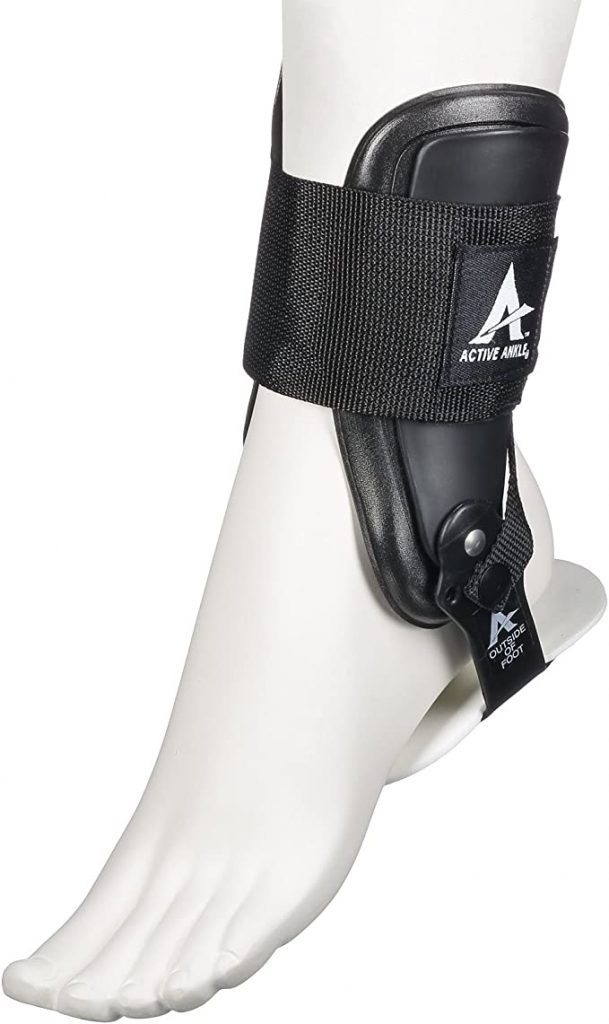Physical Address
304 North Cardinal St.
Dorchester Center, MA 02124
Physical Address
304 North Cardinal St.
Dorchester Center, MA 02124
Splints, also sometimes named “half casts,” immobilize your feet or ankle. They offer a lot less assist than casts, in addition they have less issues. Simply because they’re quick and easy to utilize, patients might be inside and out of their doctor’s place of work faster than if they get yourself a cast. In addition, splints/braces are typically to loosen, tighten or eliminate utilizing the Velcro bands that carry them set up. This gives the splint/brace to allow for any changes in the swelling in the feet or foot.


There are several different varieties of splints. By way of example, for your leg, your personal doctor might advise a posterior ankle, stirrup or substantial-best strolling boot splint. For the foot, you can receive a posterior leg boot having a toe box, a higher-leading walking boot or possibly a difficult-soled footwear. Physicians might use splints instead of casts to take care of feet or ankle traumas. Or, they might use splints as a very first brand of protection to immobilize the limb after an injury using a intend to reevaluate the feet or ankle joint after five to 7 days.
Your doctor offers you an off-the-rack splint. In some cases, you might need a customized splint. The amount of time you have to use it is determined by how bad your damage is. Typically, people dress in a foot or leg splint/brace for four to eight days.
Your physician also offers you recommendations concerning how to look after your ft . or ankle joint while it’s inside the splint. Common guidelines incorporate retaining the splint neat and free of moisture, increasing the limb and making use of ice cubes to lower puffiness and ache.
Physicians use splints to temporarily immobilize the foot or ankle joint. These devices may be useful as being a starting point in treating fractures a doctor offers to cast later as soon as the puffiness drops. They may also be standalone treatments for: